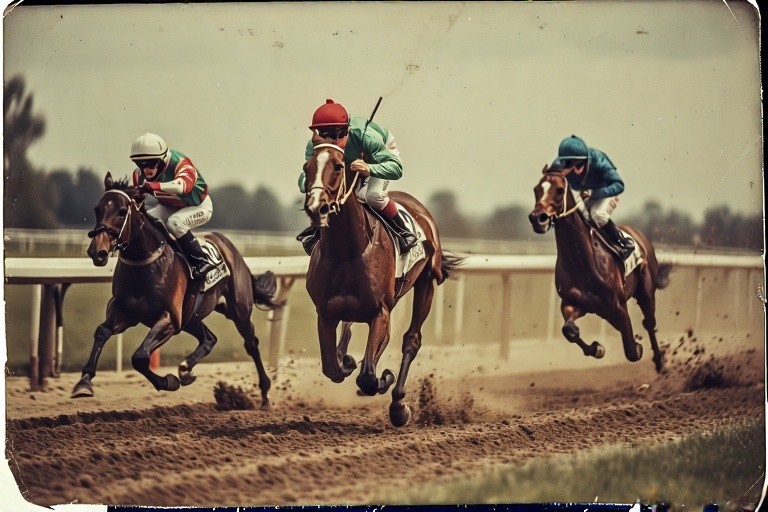| There is a story about 9 blind men touching different parts of an elephant and describing it as different objects – someone touching the trunk & saying that it’s a snake, another person touching the tail and declaring it as rope, yet another feeling the leg & proclaiming it as pillar, etc. |
Similarly, when different Functional units in an organization look at end-to-end process – each function wonders why the other Function does not understand and does not perform right. This is because each Function is seeing only their part of the process and not seeing the full end-to-end process.

Typically organizations are structured vertically, where as the work flows horizontally through different Functional Units of the organization. Vertical Alignment (common goal alignment) and Horizontal Integration at all levels of the organization are essential for continuous value delivery to Customers.
The challenge is to bring about both cross-functional integration & collaboration How to make everyone see the ‘Full Elephant’? Below is a technique which we have found useful.
‘Seeing the Full Elephant’ exercise:
Step 1: Have a good facilitator to moderate the exercise. Identify the key Functional Units involved in an end-to-end process (e.g. Order to Delivery). Identify high level stages of the process involving key representatives of those Functions. Prepare ‘scaffolding’ on a large paper with process stages as vertical columns and Functions as horizontal rows.

Step 2: Bring the key people from each of the Functions together in a workshop.
Green pass: On green PostIt notes, ask each of the Function to write down what they do in different stages of the process and paste the PostIt note on relevant row-column intersections on the scaffolding. After all the Functions have completed writing & pasting on the scaffolding, do a read-out of all the writings. Ask all the Functions to listen actively and make mental patterns.
Red pass: Now ask each of the Functions to write down on red PostIt notes what they see as not happening from the other Functions and what they expect from the other Function and paste them on relevant row-column intersections on the scaffolding. After all the Functions have completed writing & pasting on the scaffolding, do a read-out of all the writings. Ask all the Functions to listen actively and make mental patterns. Let people not jump to solutions at this pass.

Red pass will test moderator’s facilitation skills. Facilitator should moderate many conflicts that might come up, many discussions that might turn personal, many arguments which can get into loops and focus the team to listening and empathizing.
Yellow Pass: This is the action planning round. After listening through the green and red passes, each Function identifies their action items on yellow PostIts and paste them at the end of the row of their Function on the scaffolding. After all the Functions have completed their individual action planning, let each Function read out their action plan to the rest of the team. Identify certain common actions which should be taken across the Functions. Then discuss the next steps such as governance mechanism to take the actions to implementation, task teams as needed, steering committee and frequency of review etc.

‘Seeing the Full Elephant’ – a session in progress.
With Green, Red & Yellow passes, all the Functions would start seeing the ‘Full Elephant’ – “now I understand why the other Function behaves that way”, “ I didn’t know that you were dependent on my output this way”, “I understand the constraint why you are not able to provide this input to me on time”, …. This builds empathy and reduces interpersonal issues; builds a collaborative culture. Cross-Functional Integration is key for Organizational Excellence.
Cross-Functional Integration – “Seeing the full Elephant” – Try it out. We’ll be glad to hear your experiences.



